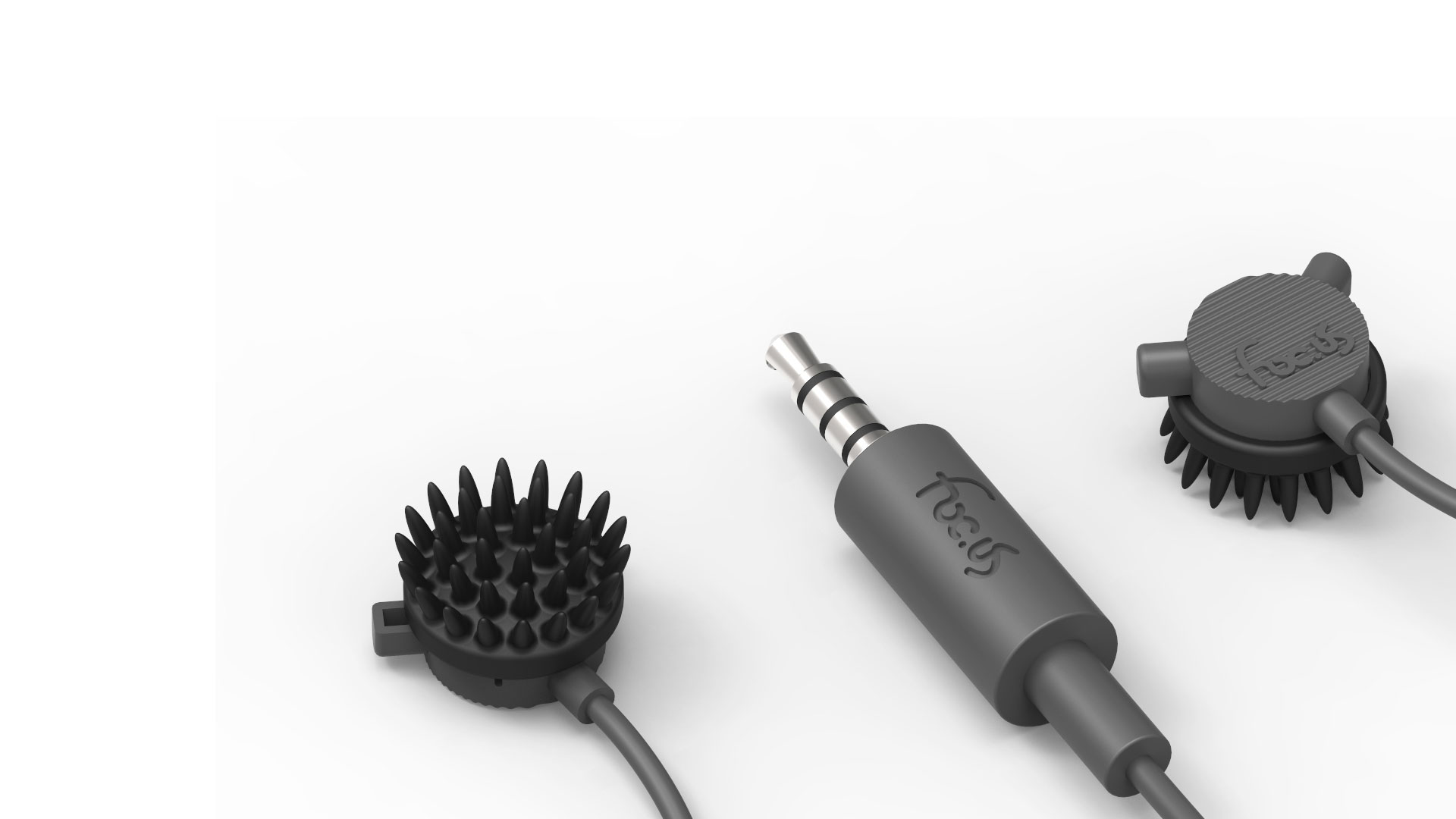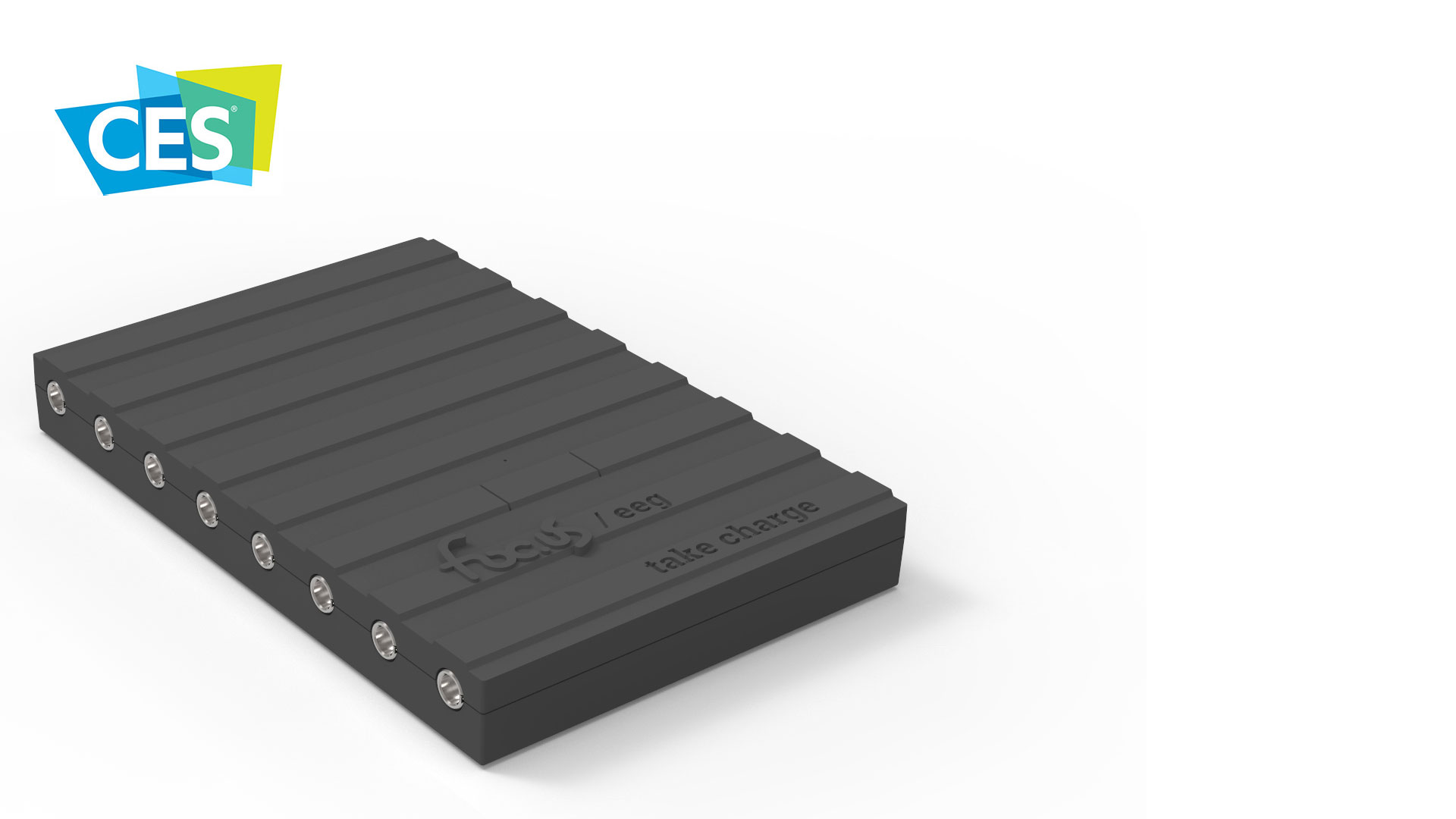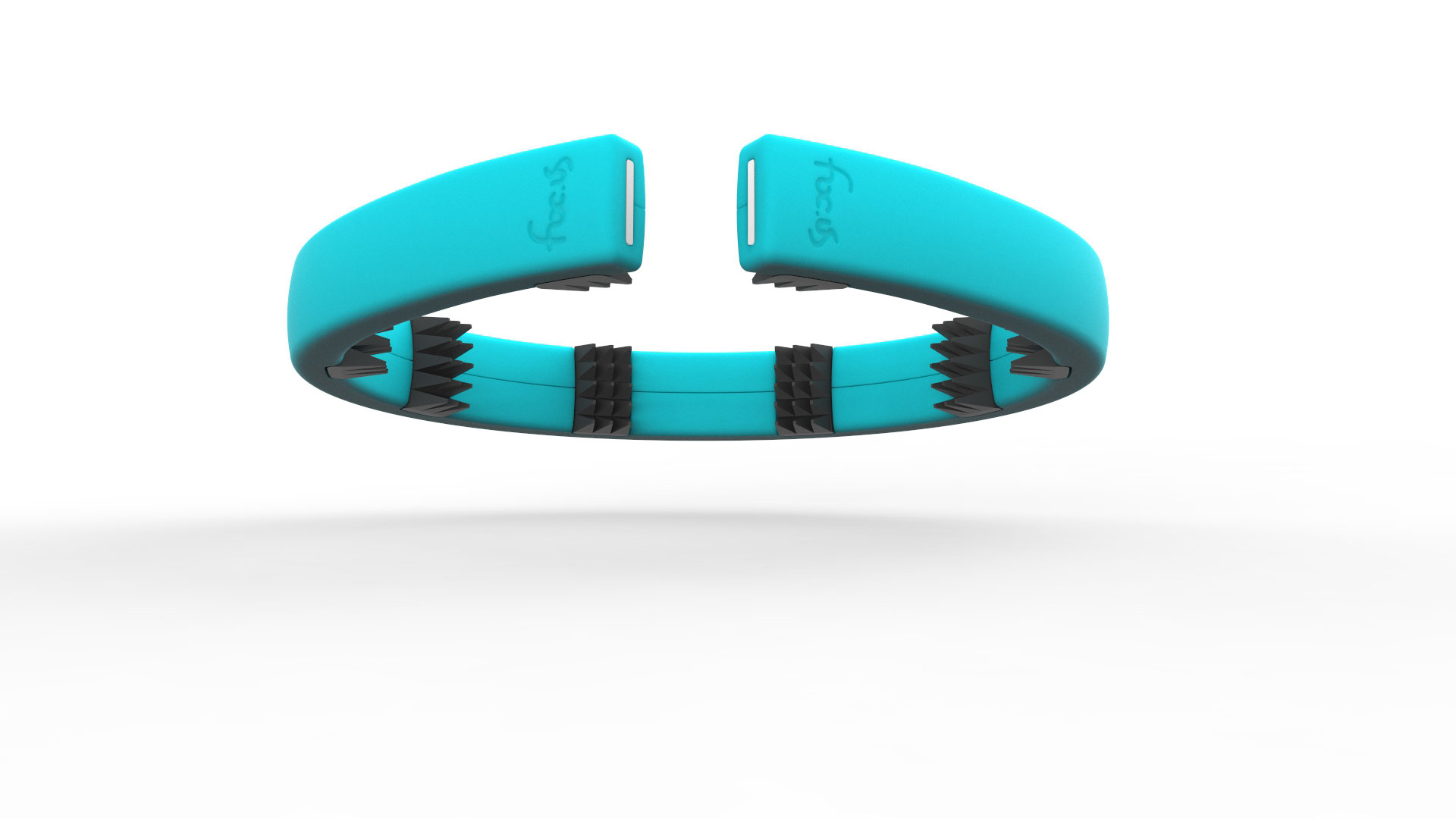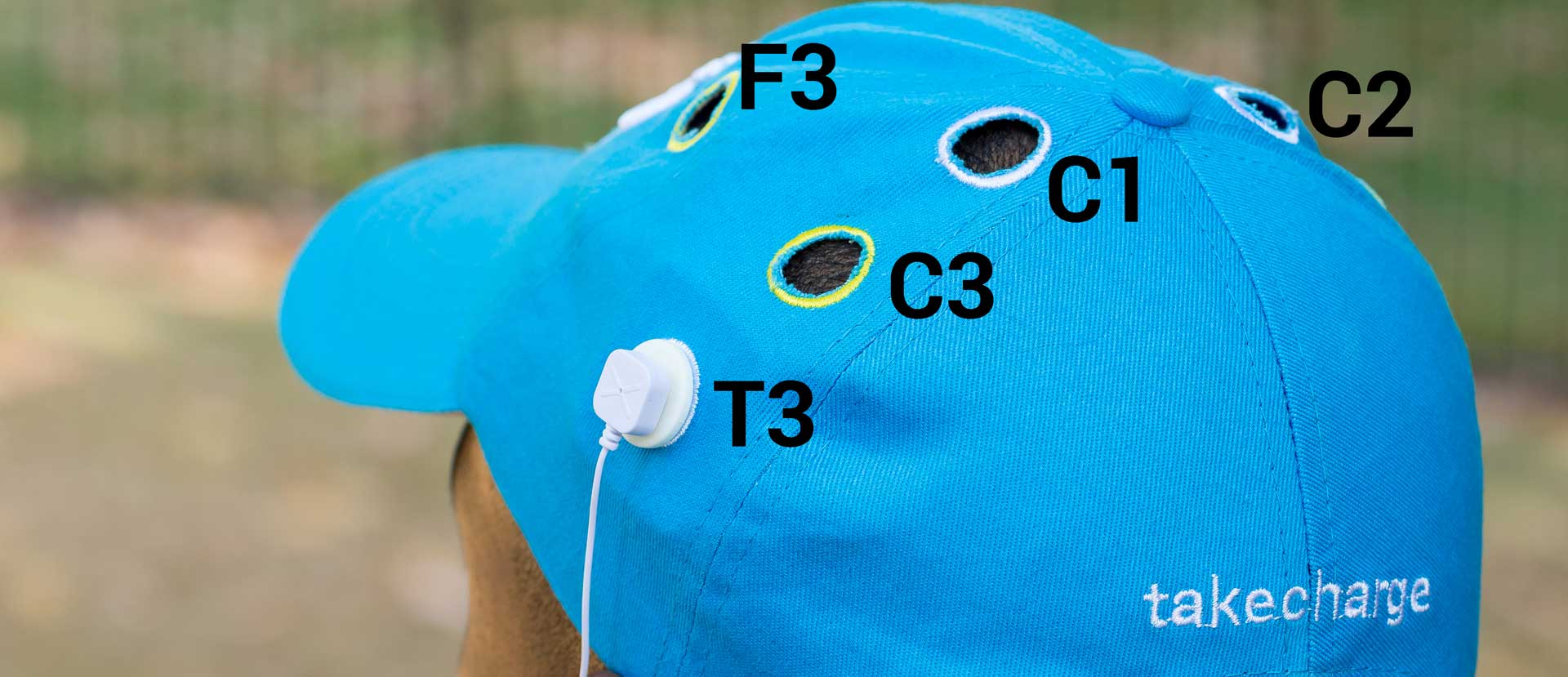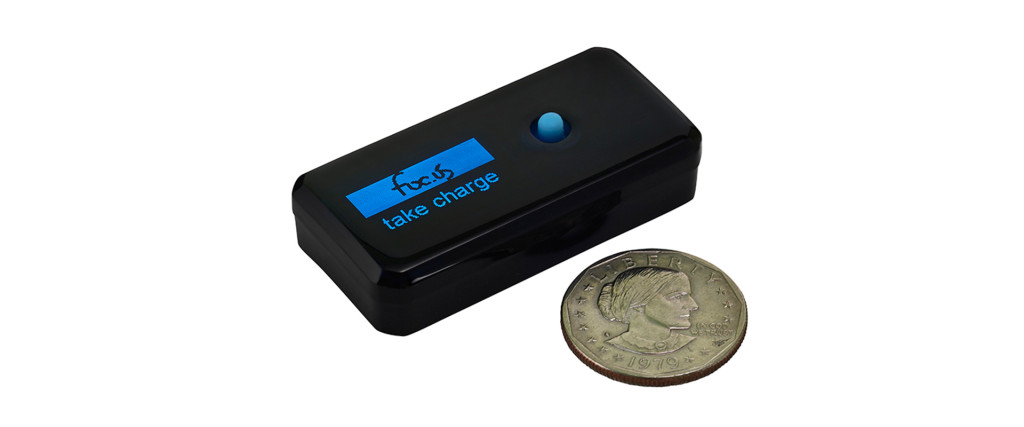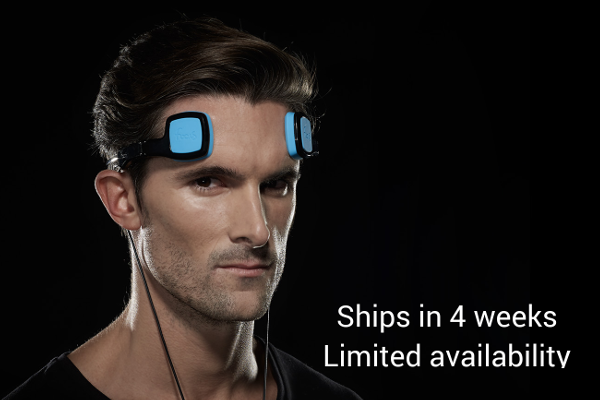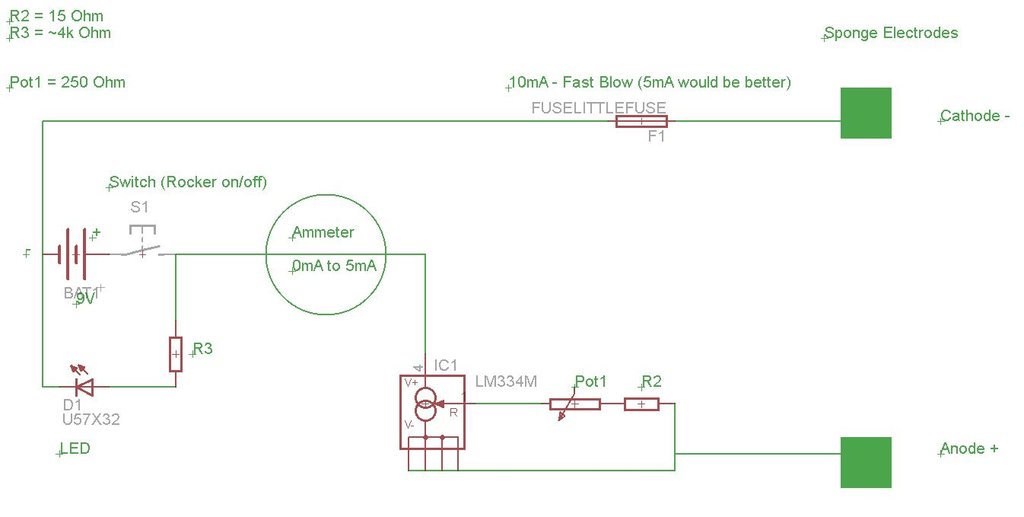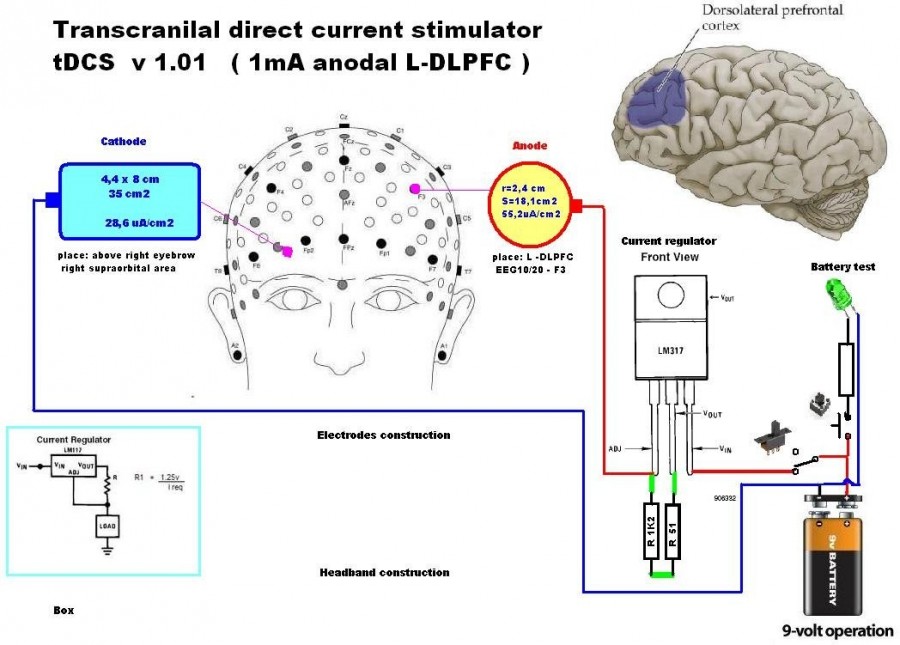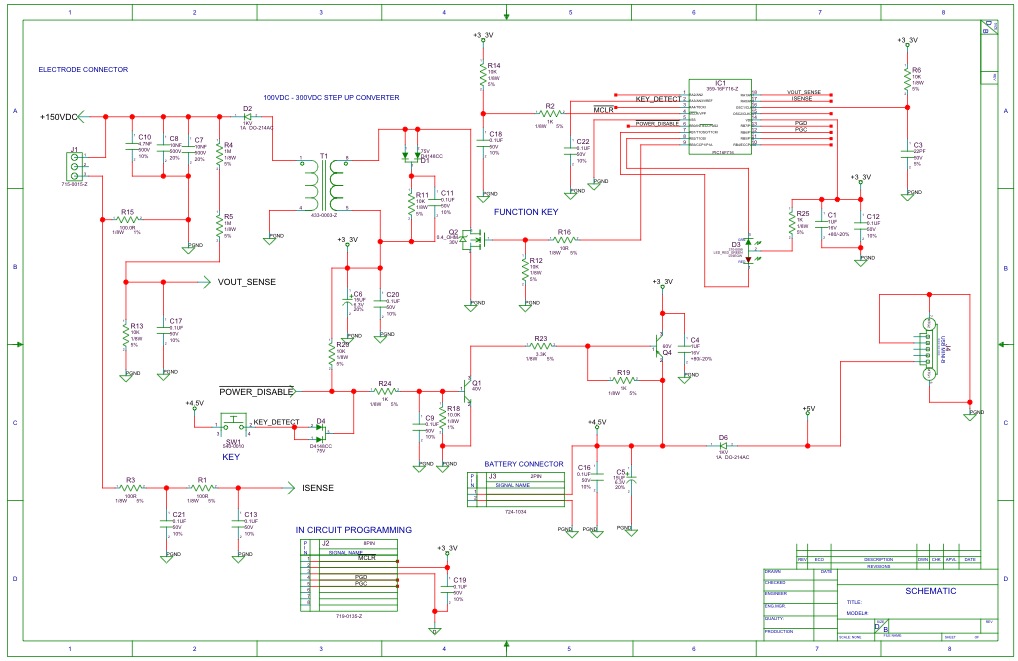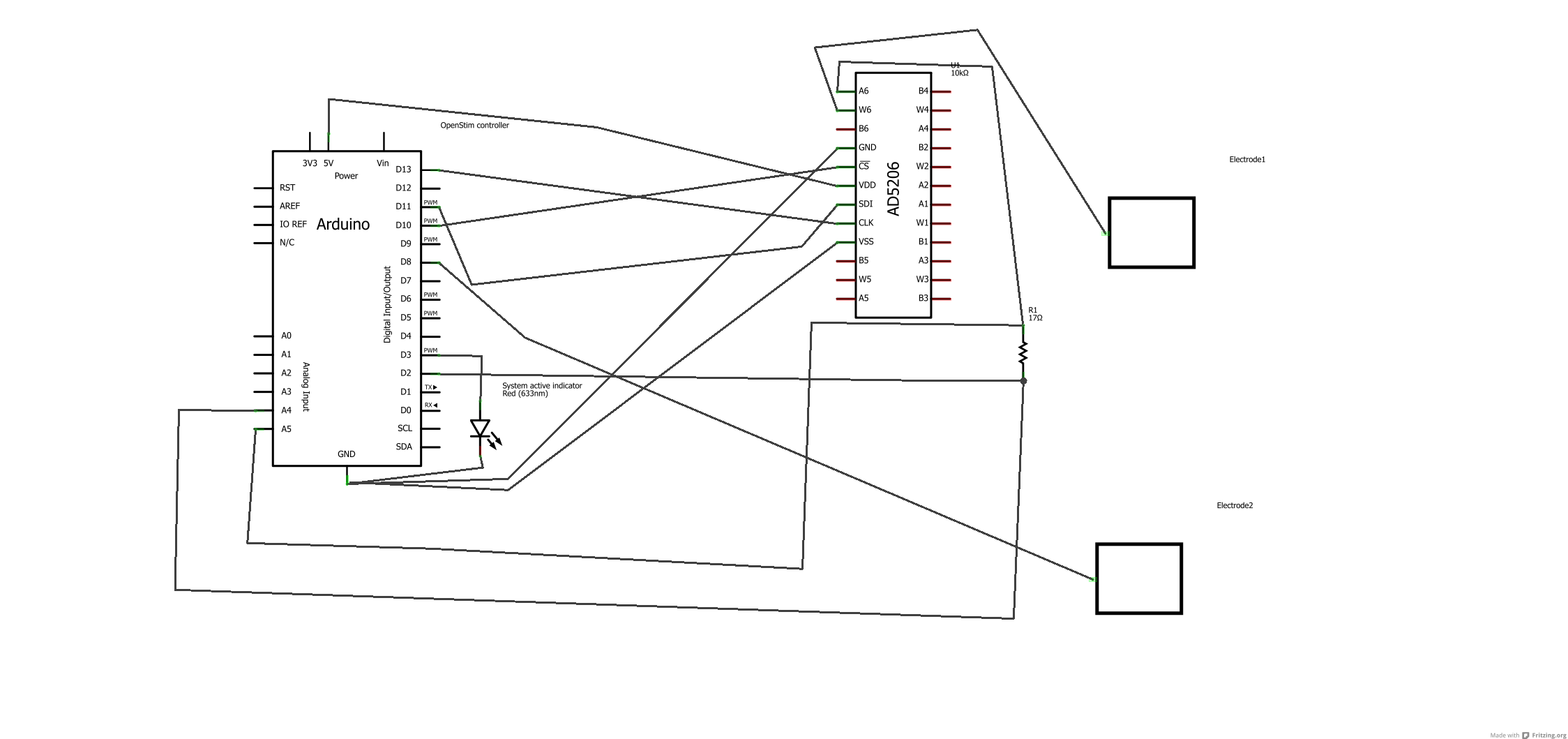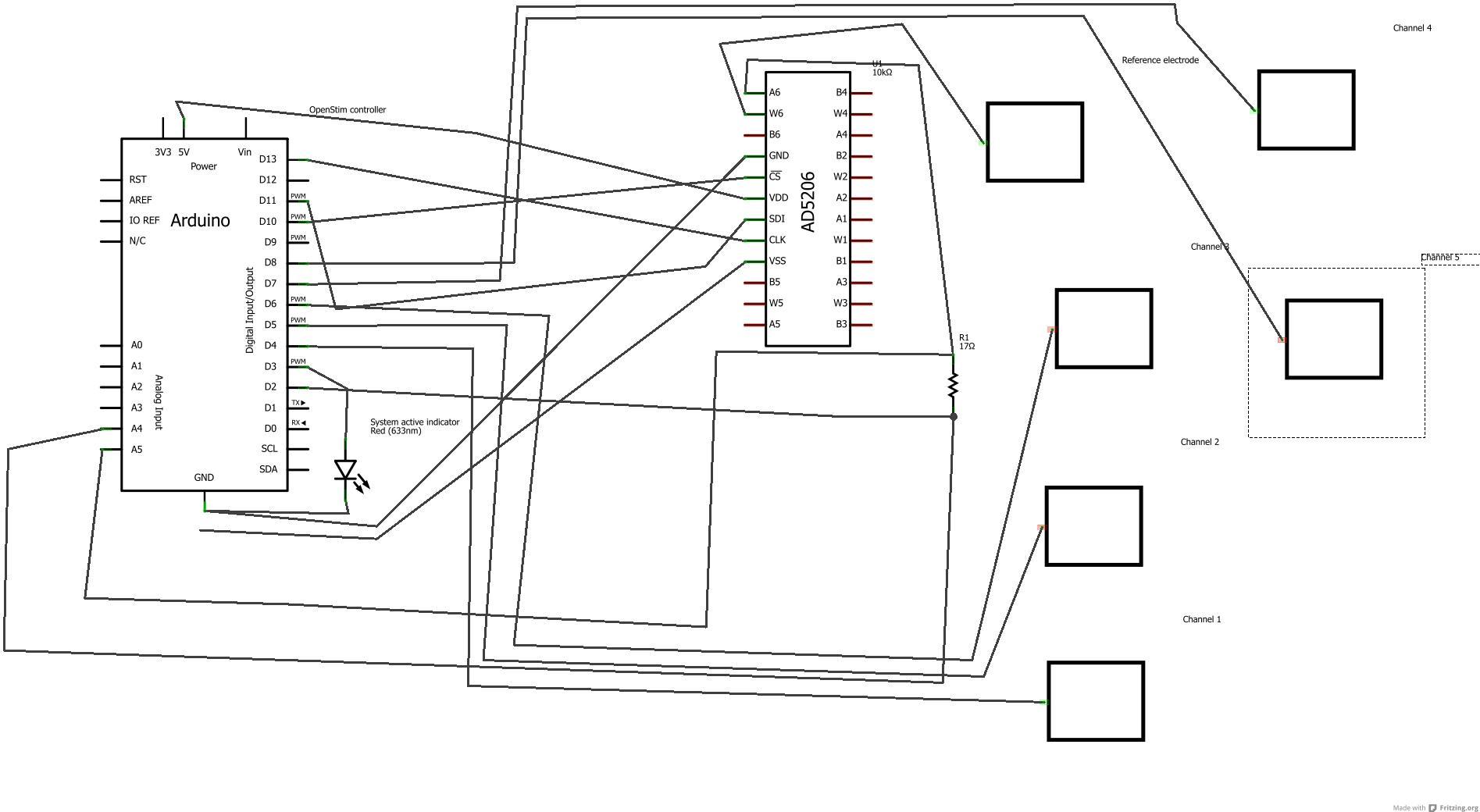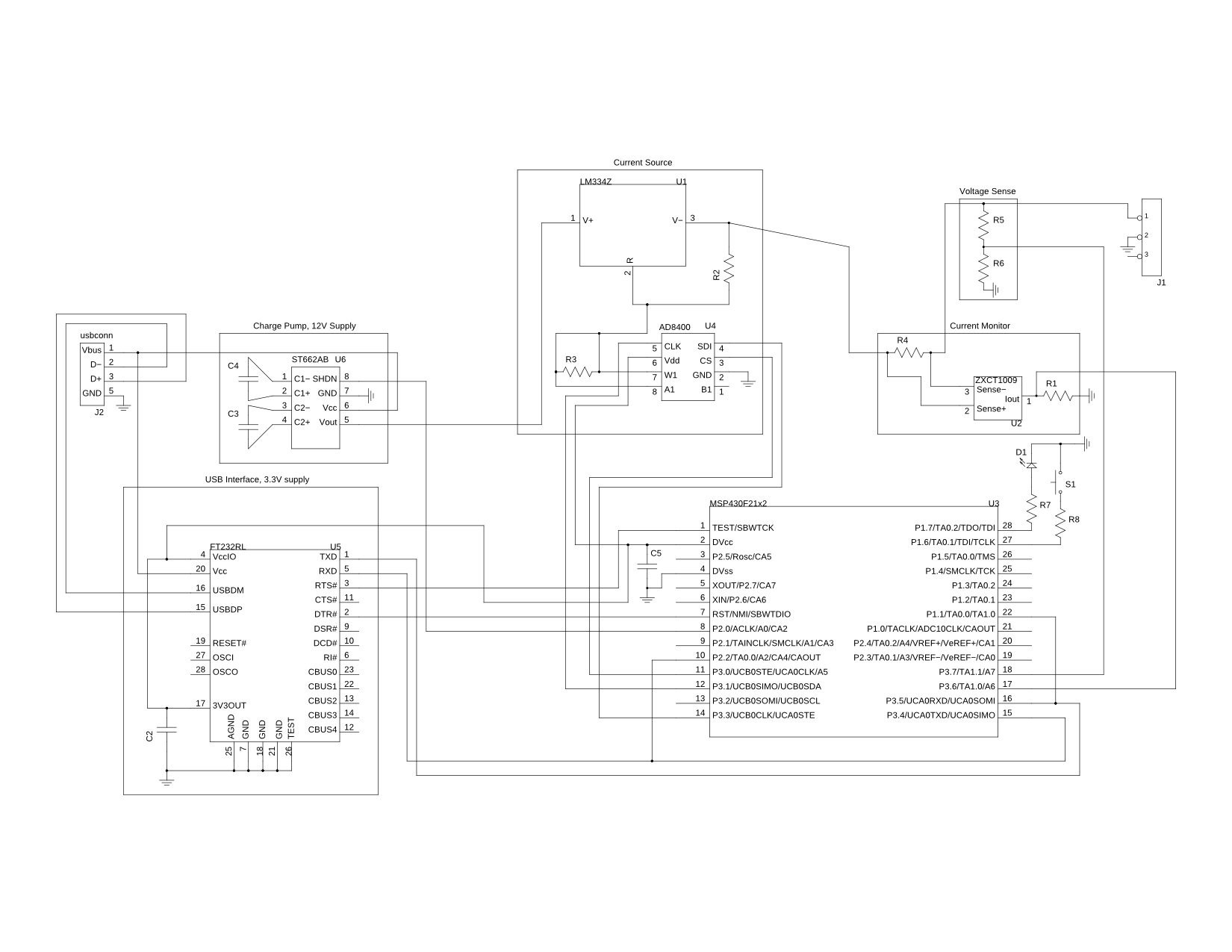Published on Mar 13, 2017
Dr. Andy McKinley is the leader of the Non-Invasive Brain Stimulation (NIBS) Team in the Cognitive Performance Optimization Section, Applied Neuroscience Branch, Warfighter Interface Division, Human Effectiveness Directorate at Wright-Patterson Air Force Base.
AirmanMagazineOnline Youtube Channel
See Also: Super SEALs: Elite Units Pursue Brain-Stimulating Technologies (Military.com)
Tag Archives: Focus
Zapping your brain into gear | ABC Action News
Features Anna Wexler who we met in podcast episode #6. Sure sounds like it’s working for Mr. Leinweber. Link to full story: Zapping your brain into gear
Focus announces EEG Dev Kit
Update 2/2/17. Focus just announced functional Near-InfraRed Spectroscopy (fNIRS) capabilities for their EEG Dev kit! 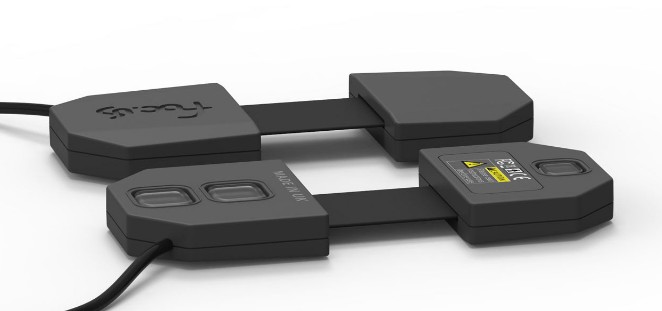
This was announced a few days ago and to be honest, I wasn’t sure what to make of it… a battery-looking EEG thing. Certainly I’m not a ‘Dev’ and so I left it to those who are to parse the details, still… Ah, yes, further details arrived today via email I’m happy to share with you (below). I do get the feeling this will make EEG devs excited.
Update 1/19/17 The focus site now has a photo of their new dry EEG electrode.
Thanks for all your feedback and questions about the focus EEG. A common question has been what exactly is included (see below) and is it everything required (yes).
Included in EEG Dev Kit
- foc.us EEG 24-bit 8-channel EEG with tES & Wi-Fi
- 8 active dry electrodes for EEG, plus bias & reference electrodes
- 2 active bio-potential electrodes for ECG, EOG, EMG or EKG
- 2 wet tES electrodes for tDCS, tACS, tPCS or tRNS
- 10-20 placement cap
- Mains power adapter for recharging
- Raw data access
Next week we will provide more details on the software and SDK for EEG processing.
Sincerely,
team focusP.S. The first 100 66 are available at only $999 $499 – half price!
What I’m excited about is the Focus EEG headset, but a recent tweet exchange indicates we’re a good year away from release.
Do DIY Brain-Booster Devices Work? | Scientific America
Excellent article traces the rise in tDCS interest. Includes many of the key players and links to important research papers. Do DIY Brain-Booster Devices Work?
I explore how a carefully controlled lab procedure got out to the masses. #tDCS https://t.co/jKambHRWtE
— Esther Wei-Yun Landhuis (@elandhuis) January 10, 2017
I intentionally electrocuted my brain. Here’s why… | BBC
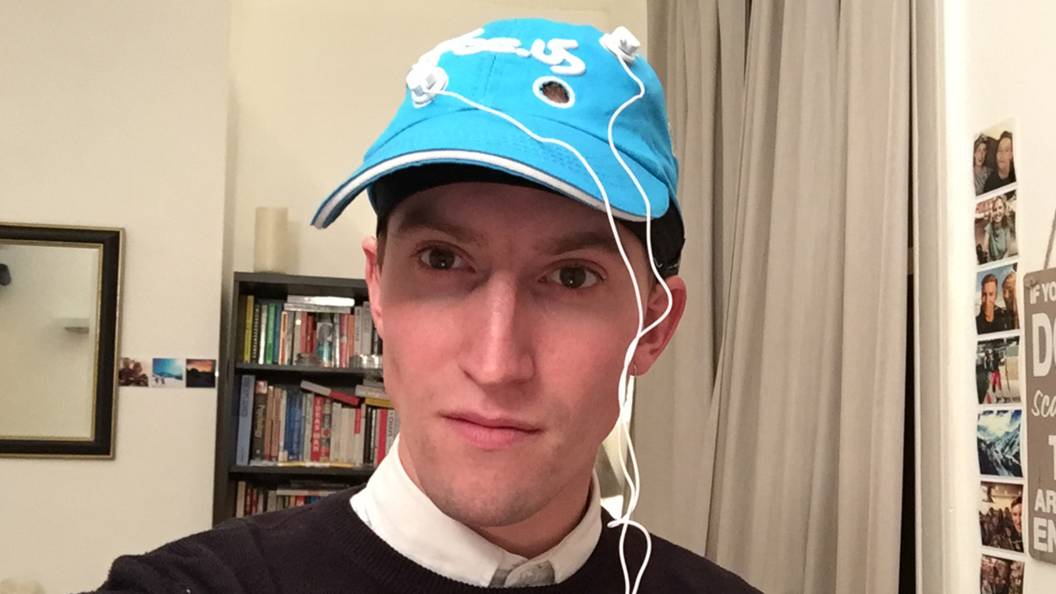
BBC Three’s Nick Arnold takes the Focus Sports for a test drive.
I contacted a few people using tDCS to cure their depression via social media. Mario, 32 from Mexico, told me it was working for him.
“I think it is great. You can see a lot of improvements in your mood. The more you use it the better you feel.”
Another user, eagee, wrote, “I suffered from depression for almost 25 years, and after I started applying tDCS I’ve had two years so far without it.”
If tDCS really can be so life changing for depression patients, why isn’t it more widely available?
According to Dr. Williams, “the equipment is so simple that it cannot be patented in the US. And if no one can own the rights to tDCS, no one can make a profit on it.”
That’s why, according to its supporters, tCDS is being ignored by major drug companies.
Caputron Now Carrying Focus GoFlow Starter Kit
Update 7/25/16 Caputron just announced their Banana Adapter for Focus Devices which facilitates use of Focus with Amrex or Caputron electrodes.
Caputron will be handling all Customer Support on GoFlow devices purchased through their site. At this time they have over 100 units in stock. If you’re not familiar with Caputron please check out my interview with founder Robin Azzam. Caputron has extended their discount to DIYtDCS readers for all products on their site, including the GoFlow. Use voucher code ‘diytdcs’ (without the quotation marks) for a generous discount.
Foc.us Launches Go Flow Sports
Learn new skills faster and train for longer with the foc.us Go Flow Sports edition. Studies show that focussed, gentle stimulation of the brain can accelerate the acquisition of sporting skills and extend athletic endurance in elite and amateur sports people alike.
Focus Posts ‘Before You Get Started’ Page For DIYers
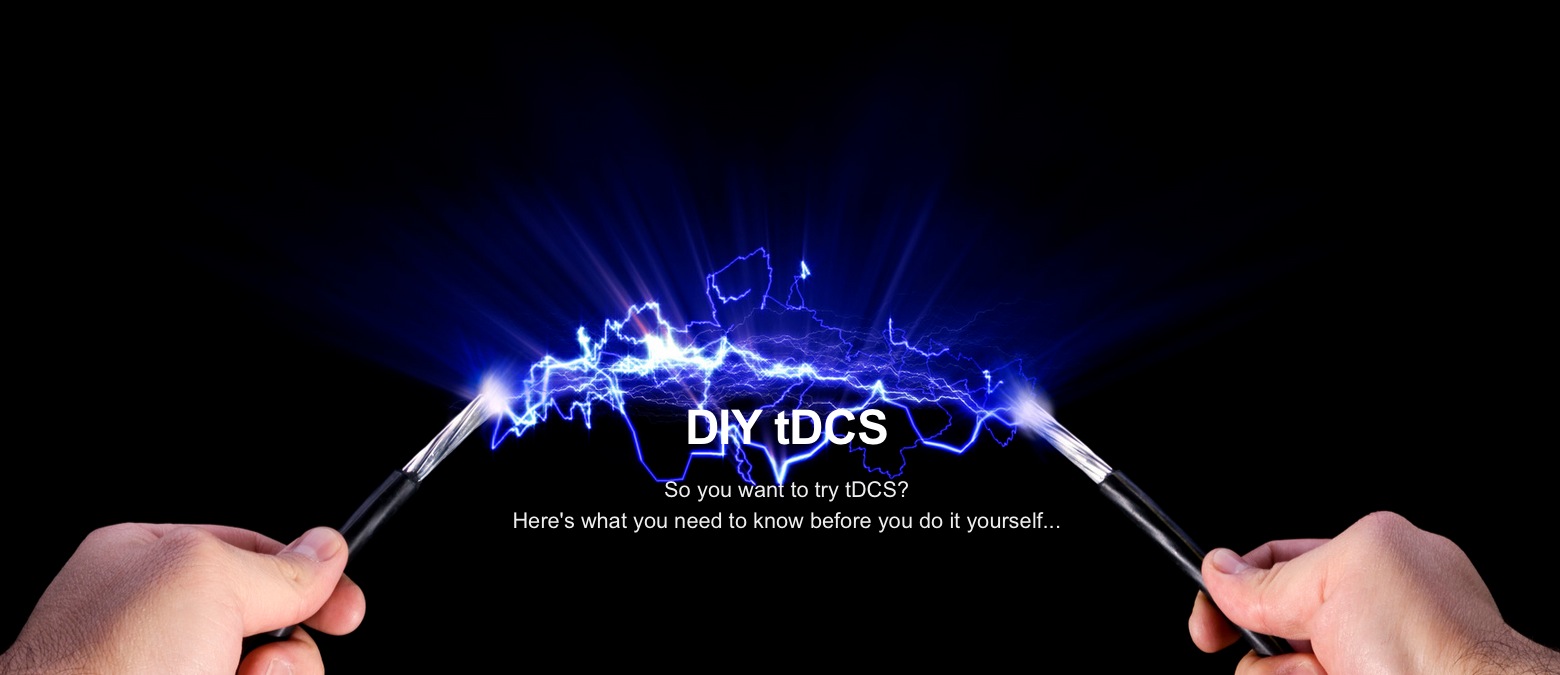 Focus has posted a new page on their site which directs new users to show caution in their use of DIY tDCS. Focus goes so far as to caution people under the age of 18 not to try it.
Focus has posted a new page on their site which directs new users to show caution in their use of DIY tDCS. Focus goes so far as to caution people under the age of 18 not to try it.
If you are under 18 you should stop here. tDCS is not suitable for children and should not be used. This is because your brain is still developing and you don’t need to mess with its neuroplasticity.
The page goes on to list the known risks and a few benefits. Interestingly, it does not mention depression. I would have to imagine due to the possibility of crossing that nebulous regulatory line around ‘medical devices’.
Focus is, as I understand it, in the midst of fulfilling orders for their GoFlow device. You can read a full review of the GoFlow on SpeakWisdom, the (primarily) tDCS-related site authored by Dr. Brent Williams. Go Flow Pro, Nice Brain Stimulation Kit!
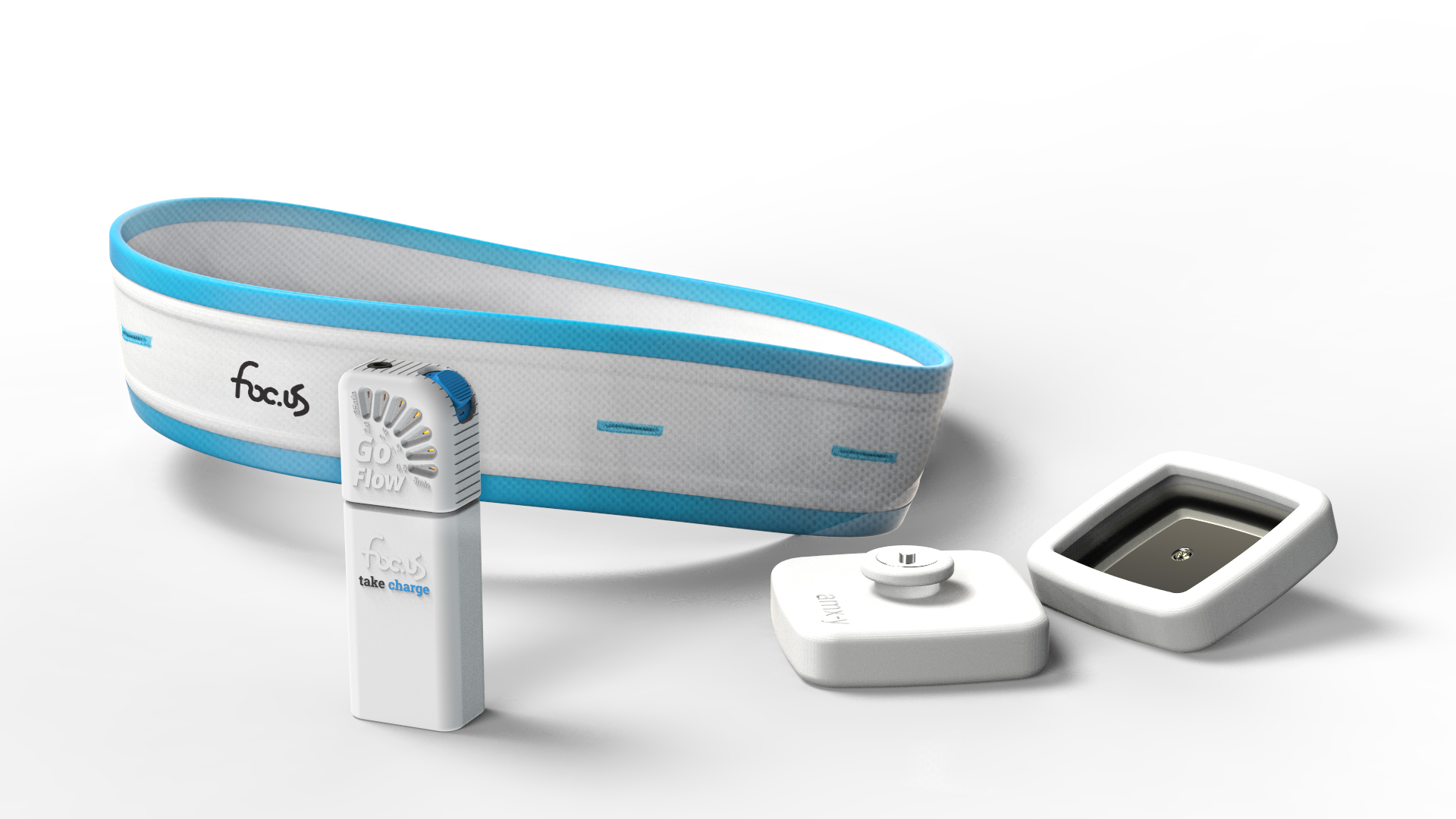
New Go Flow Pro package.
An Evening with the Consciousness Hackers | The New Yorker
For the evening’s first demonstration, Siegel helped attach electrodes to the temples of Adam Goyer, a volunteer test subject, then cued Eugene Sinkevich, an electrical engineer, to start the current. “We are at the frontier,” Siegel said, looking out at the crowd as no more than two milliamps ran through Goyer’s head. “We’ll be able to tell our kids that we used to hook up arbitrary electrical signals to our brain.”Goyer sat still for several minutes, flinching only slightly. Then it was over. How did he feel?“First, let me say I’m really nervous about putting electricity through my brain. The first wave felt like a tingling on my forehead, and I guess I’m smarter afterward, sure. Then the second wave of tACS [transcranial alternating-current stimulation, a type of stimulation in which the flow of the charge varies] I kinda felt woozy, not in a bad way, but kind of like I’m on a boat. Then the third one, I definitely had some flickering, some eye flickering: in the outside of your eyes it’s like a flash, like a strobe.”
Source: An Evening with the Consciousness Hackers – The New Yorker
FOC.US — tACS, tRNS, tPCS, Sham, Double Blind and Voltage Control
[Update 3/17/15 Foc.us just announced version 1.0 of their new Mac software:
foc.us+ OS X software is now available
http://update.foc.us/softwares/foc.us-dock-sw-mac-1.0.stable.dmg ]
I’ve copied the entire post from the Foc.us blog. This is a significant development. tACS, transcanial alternating current stimulation, has been discussed in the DIY community as a hopeful, eventual, capability that would evolve out of a microprocessor-based DIY project. That means software and a level of complexity that most DIYers aren’t prepared to take on. But not only tACS, tRNS – transcranial random noise stimulation, tPCS – transcranial pulsed current stimulation (something I know nothing about), and a Sham setting… well, Foc.us has definitely set the bar here. This is a $199 device! (Plus headset, sponges and shipping $298) [CORRECTED]. Windows-only software at present though Mac ‘coming soon’). This will have a serious impact on any of the DIY commercial tDCS devices.
That said, this is an announcement from the manufacturer. I expect the Reddit tDCS crowd will be exploring these claims over the next few months. This is exciting news and opens the door to some serious citizen science.
tACS, tRNS, tPCS, Sham, Double Blind and Voltage Control – a look at the new features in foc.us firmware update 1.7
The latest firmware update for the foc.us v2 developer edition is now available for download. It’s quite a big release in terms of new features so here’s a quick run down of whats new.
New modes – tACS, tRNS, tPCS
In addition to tDCS (constant current) you can now create different energy waveforms – shaped like waves, pulses or noise.
tACS – transcranial alternating current stimulation
tACS mode allows you to create a sine wave current where you can set the maximum current, current offset and frequency. It is even possible for the polarity of the electrodes to switch – flipping a cathode to an anode (and vice versa) up to 300 times per second.
Full explanation of tACS settings can be found here.
tPCS – transcranial pulsed current stimulation
tPCS mode enables you to create pulses of current. You can control the frequency, offset and also the duty cycle of the waveform. Full explanation of tPCS settings can be found here.
tRNS – trancranial random noise stimulation
tRNS mode can create random waveforms where either the frequency, the current or both take random values between the min and max values set. tRNS settings are here.
Sham – Off, On or Double Blind
Sham mode is used by researchers to check for placebo effect in studies. If you set to On, the current will begin, but then turn off (after a user configurable duration). But if you want to test yourself, knowing sham was on would defeat the purpose. But if you set sham to “double blind” then you may or may not receive a sham session.
Voltage Control
During a neuromodulation session the resistances involved vary and so the voltage changes to maintain the target current. It is now possible to set a limit on the voltage you want to use in all modes. If you find you are sensitive to the voltage you can use this setting to find a comfortable setup.
Wave, Pulse and Noise programs
These are pretty advanced settings so there are also three new programs with default values you can try.
Summary
These new settings give you even greater control over your neuro-stimulation options. And with double blind you check if its working for you.
foc.us – take charge™
via FOC.US — tACS, tRNS, tPCS, Sham, Double Blind and Voltage….
Focus v2 Announced
Here’s how we should regulate brain enhancement devices
“Until recently, it had been the preserve of the DIY tDCS community: people would construct their own devices from batteries, wires and electrodes,” Maslen says. “Now, an online market has emerged for whole-unit devices specifically manufactured for non-therapeutic tDCS.” Demand appears to be highest from gamers, who are looking for a hidden edge, whether it’s greater focus or faster reaction times.
Until laboratory experiments prove conclusively that these devices can improve certain cognitive functions in healthy individuals, say the Oxford researchers, the primary regulatory principle should be that all cognitive enhancement devices — even ones not marketed for medical and therapeutic purposes — should be regulated as medical devices.
via Here’s how we should regulate brain enhancement devices.
FOC.US – transcranial direct current stimulation for gamers
-
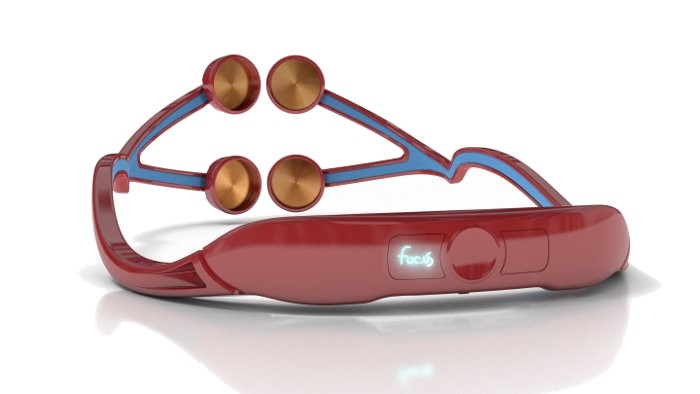
The Foc.us Has Landed!
Is foc.us FDA approved? No. The focus gamer headset offers no medical benefits, is not a medical device, and is not regulated by the FDA.
- When will my headset ship? If ordered today your headset should ship by the end of July 2013. Subsequent production orders are scheduled from October 2013.
- Will Android be supported? Yes, we are fully committed to providing Android support as soon as Android contains the required bluetooth 4.0 apis. We ♥ Android.
- Is the headset safe? The focus headset has been tested to all required regulatory standards including CE Safety standard EN60601-2-10: 2001 and EN60601-1: 2006.
- What does the headset do? The headset passes a small electric current <2.05mA through the prefrontal cortex of the wearer.
- Who should not use foc.us? The headset is not a toy, is not recommended for under 18s, epilepsy suffers or people with implants. It should not be used in the treatment of any medical conditions.
via FOC.US – transcranial direct current stimulation for gamers.
The Open tDCS Project
Update 7/2/14 First of all, thanks Z for pointing out the two schematics that are now considered dangerous, in the sense that they could lead to an initial ‘zap’ and possible burn.
As I’ve mentioned earlier, I myself am not an electronics person. The notion of ‘Open tDCS’ was to develop an excellent device through Upverter (or similar online platform), that anyone could then order directly from a Chinese manufacturer (thereby circumnavigating any regulation issues etc).
We have yet to find an engineer to lead and build the design team and my thoughts about why are simply that people are too busy, or that they see a possible financial gain for their own device somewhere down the road. Considering the original post/Upverter account is a year and a half old, it seems unlikely we’ll find someone, but you never know!
——————————
Upverter is an online platform that allows for electronics to be designed, parted, and built. As I understand it, once the design is fixed, you shop for parts – inside of Upverter, and then submit your project (to Upverter’s Chinese partners) to be built. I’d mentioned Upverter on the tDCS subReddit a few times. I was hoping to pique the curiosity of the engineer types that had designed and built their own tDCS devices… Crowdsource the design, and then anyone can order one!
What happened was I got an email from Eric Evenchick, a ‘customer success / hardware engineer person’ at Upverter! Eric had seen my post and written to help. He waived the team fee, set up the project and ported the OpenStim Arduino-based tDCS design, by ohsnapitsnathan (Reddit handle).
I hope I didn’t step on any toes by collecting these schematics to one place. I wanted engineers to be able to see quickly how other designers have thought about building their devices. If you’re an engineer type interested in tDCS please join our Upverter team.
It feels silly to put it this way, when the very nature of Open implies extreme democracy, but here goes… Here’s my vision of an Open tDCS project.
- Build an Upverter team
- Design, part, and prototype a minimum viable tDCS device
- Working with an online ‘cognitive test’ site, build a protocol for measuring the effectiveness of tDCS
Later on we could develop a multi-channel device, and maybe this is just a fantasy, but if it could interact with the internet, researchers could design tests and collect data non-locally. How cool would that be?
The rest of this post will attempt to collect in one place the various schematics I’ve seen for DIY tDCS devices.
I called this one Imgur earlier on the blog. It comes from 55tfg7879fe42e345 (Reddit handle)
brmlab our Czech friends
The Focus device.
And then the more advanced, programmable tDCS devices. OpenStim
Open Stim Multi-Channel
Shawn Nock Version 2
If you know of a schematic I missed please let me know, and even if you’re not an engineer, consider joining Upverter and ‘Following’ our project.

